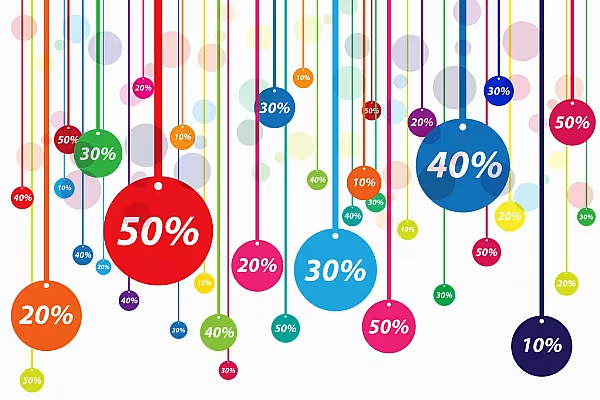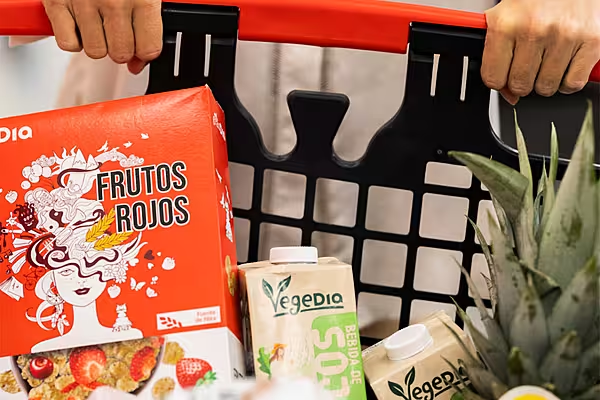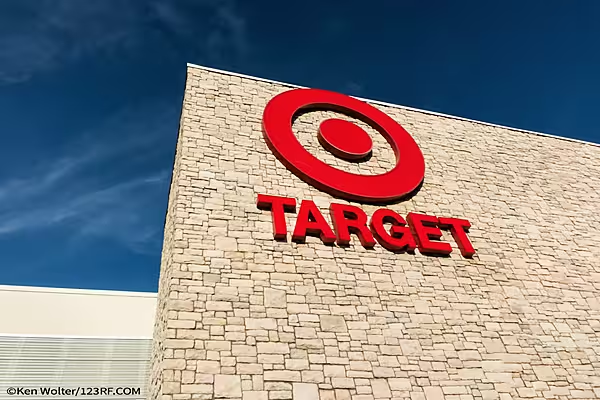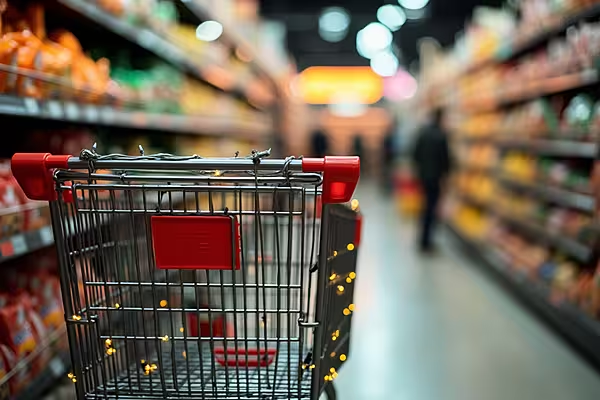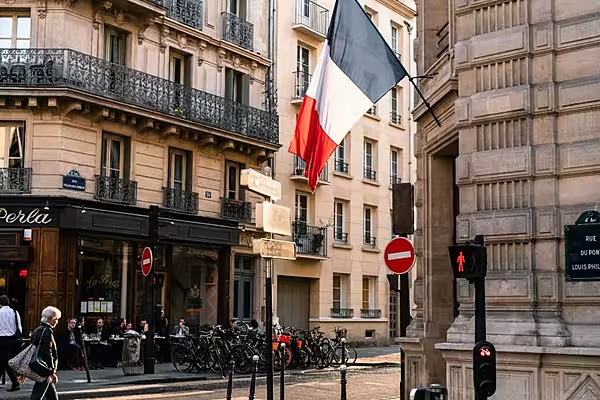Florian Clemens, VP of Media and Analytics at Circana, explores how retailers can maximise the opportunity of a well-planned promotions strategy.
FMCG volume growth is not recovering as manufacturers and retailers expected. Despite the continued easing of inflation, consumers are still buying fewer fast moving consumer goods, with UK volume sales down by -3.1% across FMCG (for the year ending 23 October 2023).
While sales value was driven by inflation, consumers are more hesitant to buy at full price, and margins remain under pressure. Recovering demand is a key focus for the foreseeable future.
Leaning on the promotion lever is a tried and tested tactic used to secure volume growth, but such discounting strategies have been criticised in recent years as marketing’s heroin; likely to perpetuate brand erosion and cultivate a shopper addiction to only buy when the brand is on promotion. As a result, deals and discounts are seen as something murky, to be avoided at all costs.
While promotions aren’t the only thing brand managers can switch – investing in advertising and product innovation can also help to boost volumes, for example – having an irresistible offer can play an important role on the path to volume recovery and should not be ignored.
The Power of Promotions
Our data analytics across hundreds of categories and millions of SKUs shows that some manufacturers have already jumped back into promotions. The percentage of goods sold on deal – as a percentage of value sales – rose 0.7 percentage points (pp) in the L13W compared to the previous year.
Yet trade deal efficiency is down 3.8 pp in this same period, which indicates that there is much room for improvement if brands want to avoid promotions further eroding margins.
It is not easy to get promotions right, but neither does it need to be a guessing game. Data analytics platforms that use the very latest modelling techniques and show how sales expectations might flex over time will make light work of predicting potential outcomes.
Economics theory tells us that price differentiation is a good thing for strong, successful brands. Simply put, people are looking for deals, some because they enjoy the hunt, some because they just plain have to. Even loyal brand users expect brands to reward them for their loyalty, according to research we’ve seen from Hall & Partners recently.
Four Promotional Rules To Live By
To ensure promotions maximise incremental volume from trial customers and avoid cannibalising base volume (where loyal customers simply buy on deal), these four rules will guide you.
1. Model Potential Outcomes
Before you begin, it is worth spending some time looking at how various promotional levels – deal length and depth as a minimum – can influence potential outcomes. Taking a more granular view that encompasses the influence of multiple variables – geography, retailer, competitor brands on shelf and even customer shopping mission and use case scenarios – is critical, since each variable can impact overall promotional effectiveness.
Price elasticity can be a critical lever in promotional planning. Our analysis of a German delicate laundry detergent showed variations in how a brand’s price elasticity changes depending on use case scenarios such as delicate, hand washing and wool and dark colours. As a result, for a 1% price increase, the percent of lost volume sales varied greatly by variant, but also by retailer. We recommended fundamentally different pricing approaches in drugstores, but also between major retailers.
2. Timing Is Critical
Our data shows that promotions usually create an initial sales peak. This is a good indication that the goal of bringing on board new buyers is working as it should. But brands need to optimise how many weeks in a year they want to be on deal, as every additional week increases the likelihood of cannibalising their baseline sales with already loyal shoppers.
Through analytics, we can measure the true incremental volume due to promotions (i.e. volume that you wouldn't have sold otherwise that week) as well as various cannibalisations: people who would have bought your brand next week; people who would have bought other variants; people who bulk-buy and are now out of the market for several purchase cycles.
Armed with these insights, it is possible to adapt to the most efficient strategy.
3. Don’t Forget To Look At The Media Plan
There are many instances where aligning sales promotions with media or marketing campaigns can have a positive effect on ROI. The classic example is having radio ads that air on a Saturday morning when you have big in-store promotions running the same week.
This kind of media support for in-store promotions can really lift their effectiveness. A grocery brand we worked with was able to increase these media synergies; adding 39% of incremental promo volume over a three year period.
4. It’s Not All Short-Term Gains
Of course, planning based on short-term outcomes alone can cannibalise long-term growth. At the same time, it’s worth remembering that promotions have a longer-term effect.
By driving trial, you are succeeding in bringing along new customers to experience the brand and, hopefully, to become loyal customers.
Showing customers that you understand their challenges during the continued cost of living crisis, providing discounts that help them to afford other household essentials, and then delivering an impeccable product experience, can have a positive impact on brand loyalty.
Certainly, it is a myth that promotions erode brand loyalty.
Read More: A New Era For FMCG Pricing As Demand Contraction Continues: Circana
Don’t Go Cold Turkey
Promotional efficiency varies by category and the price elasticity of your brand as much as the deal itself.
Promotions are not addictive when they are done right. They play an important role in enticing new customers away from competitive brands. However it’s clearly important to do the promotional planning – identify the exact mechanic (e.g. a 'round pound' or 'round euro' price point, or a 2-for-1), depth of discount, weeks on deal, interaction with the shelf price, competitive actions and cannibalisation of other products in your portfolio – to get the optimum efficacy.
Moving from a general bad feeling about promotions to a culture of experimentation with detailed pre and post analysis is critical. The promotional uplift might seem big, but analytics will show whether it is building volume, value and brand equity over time.
